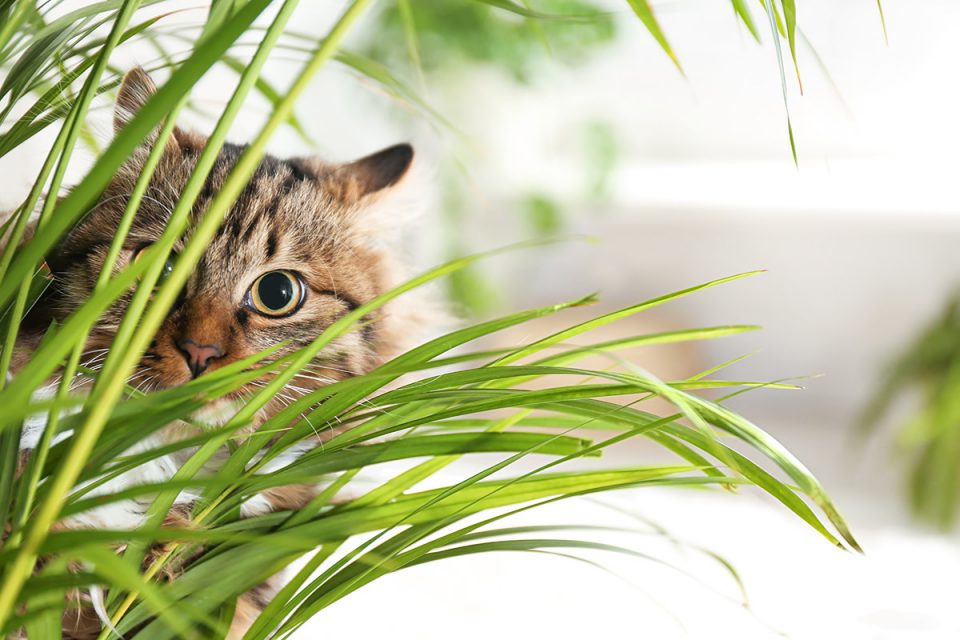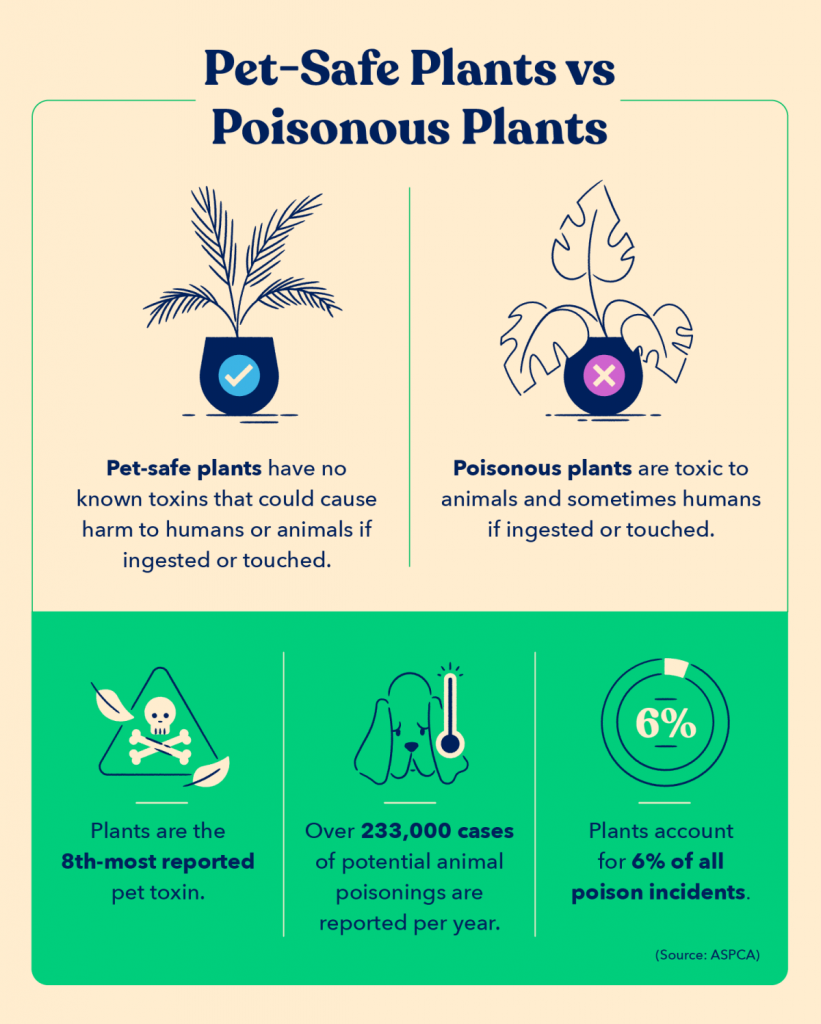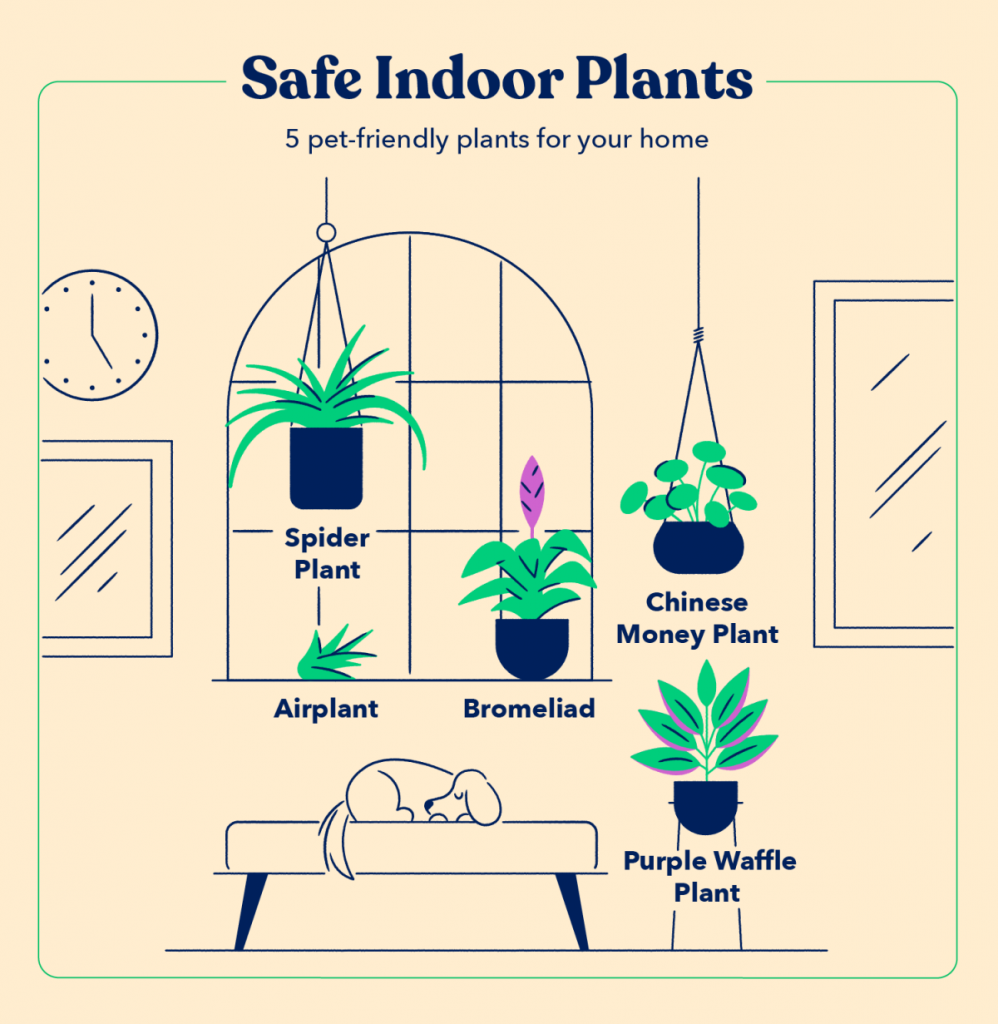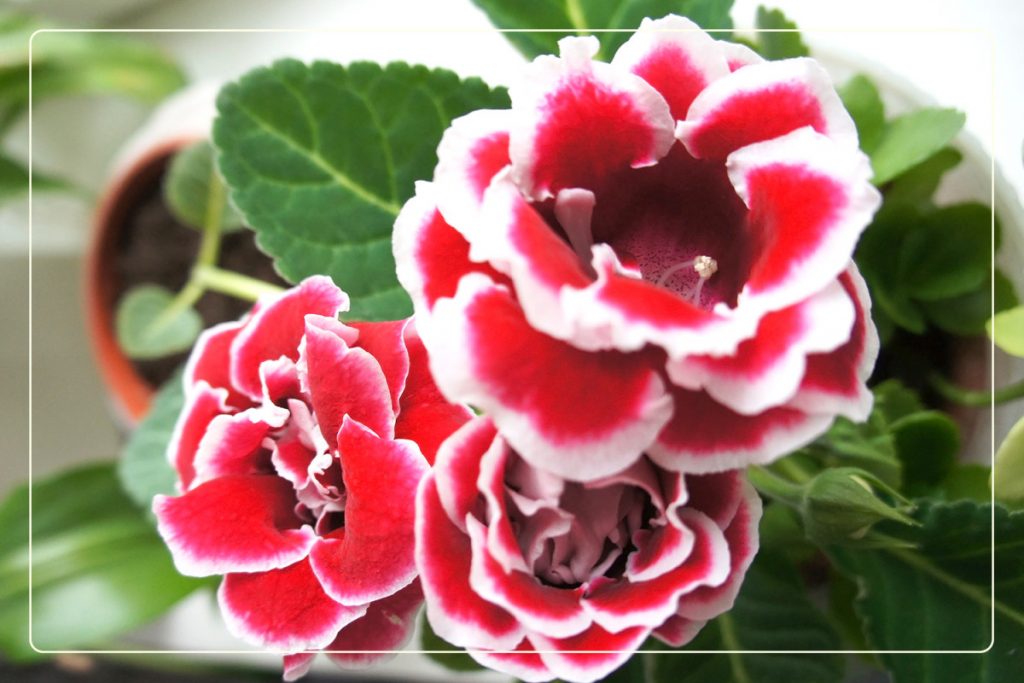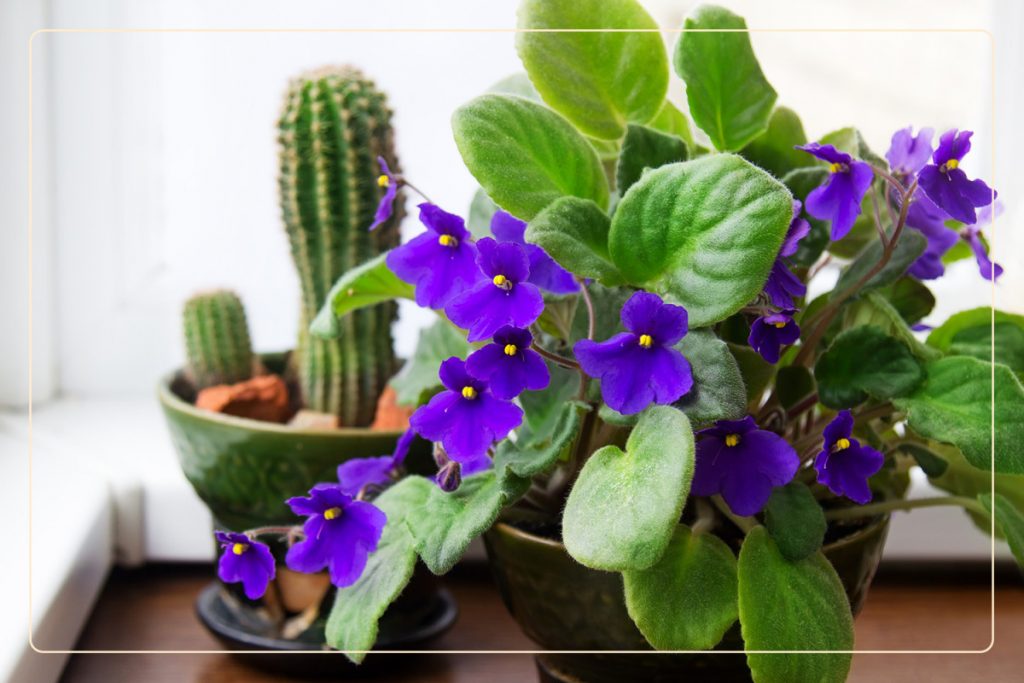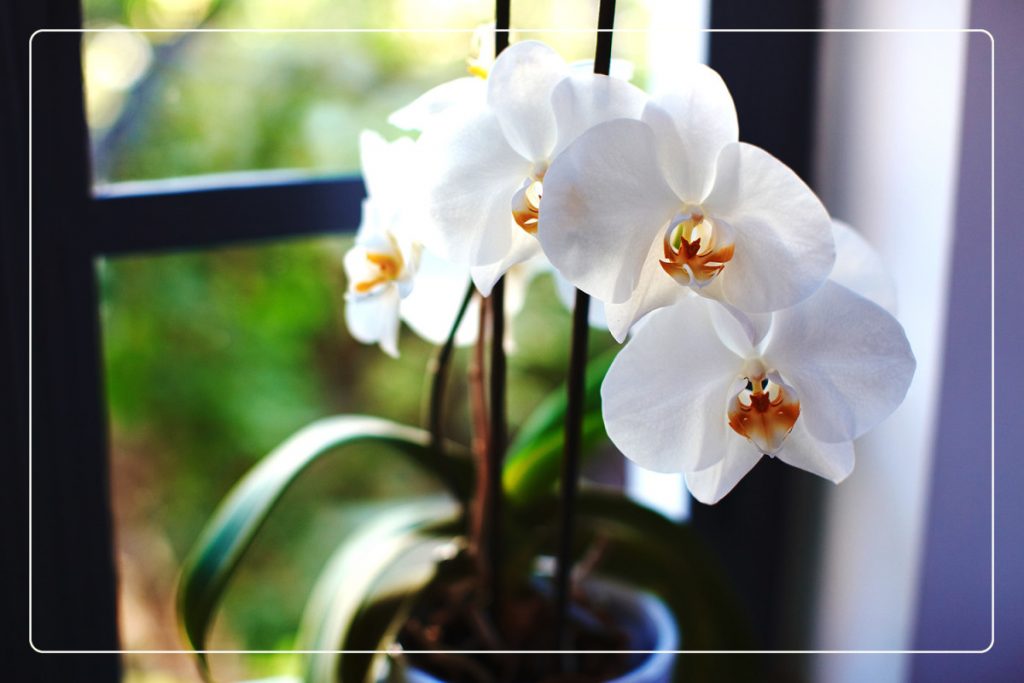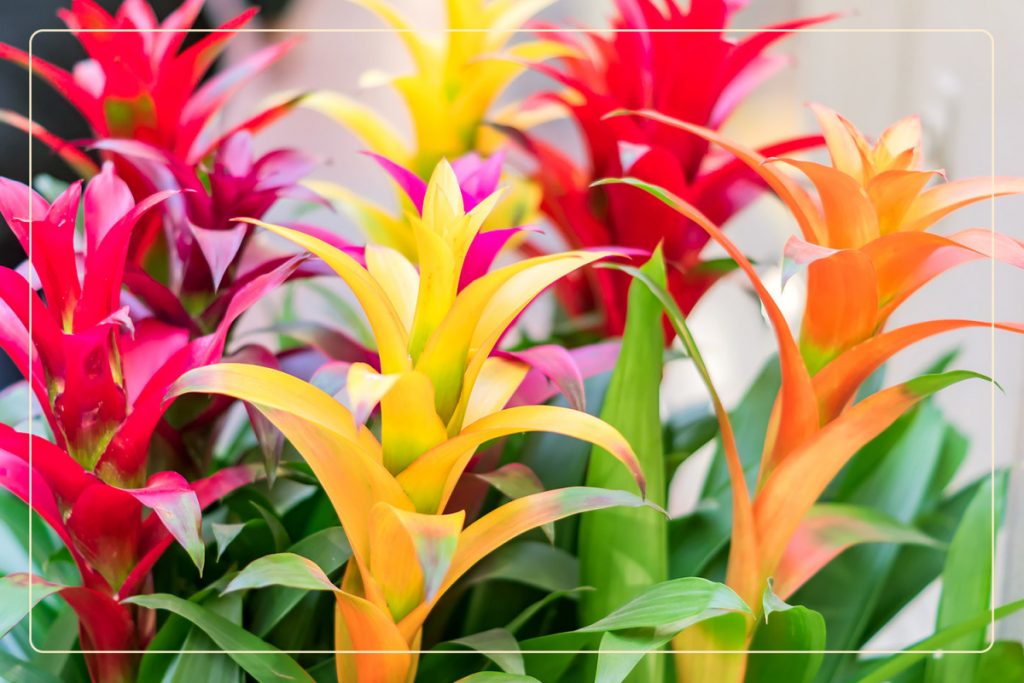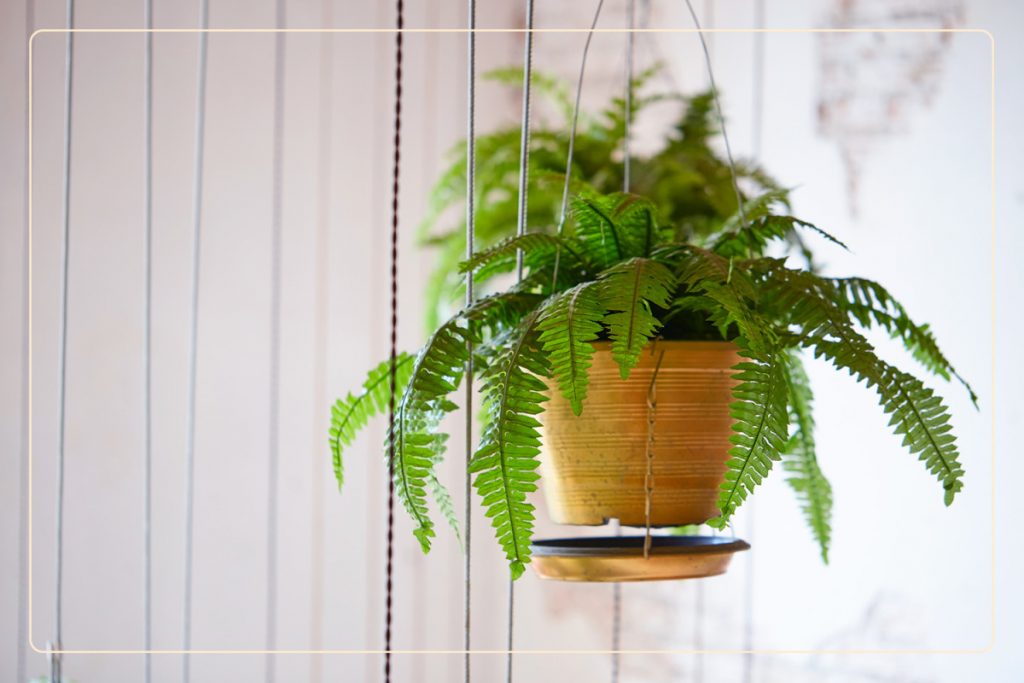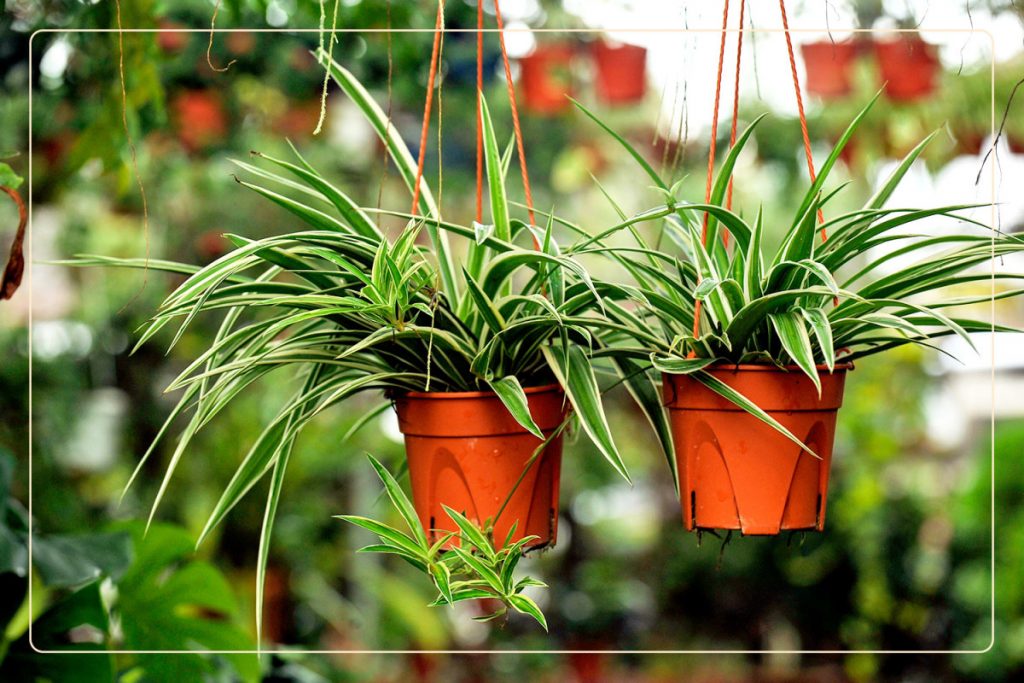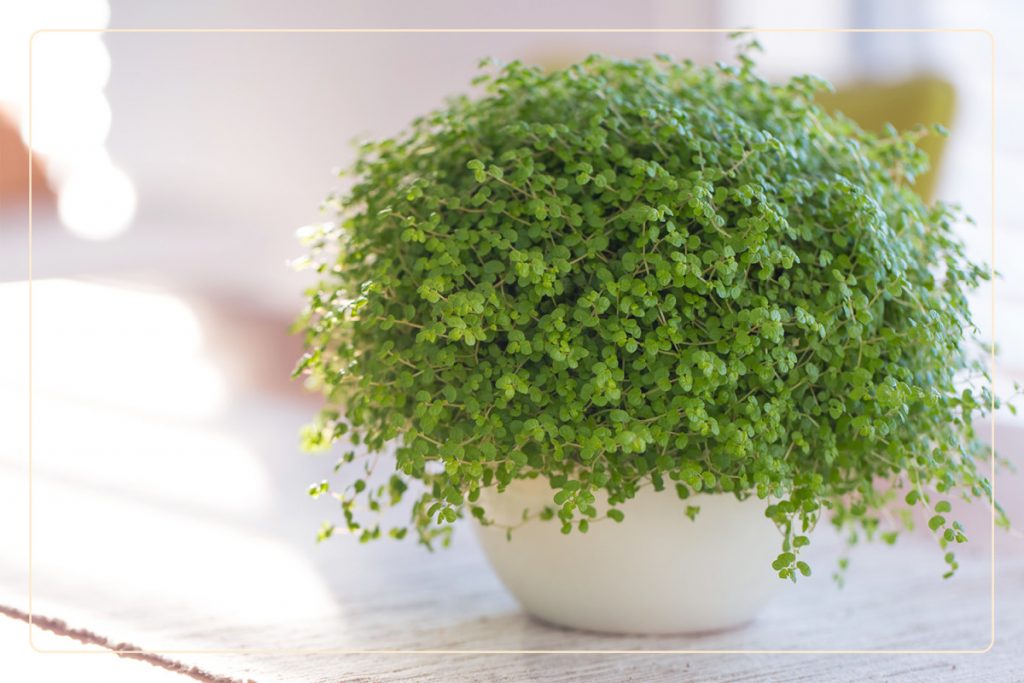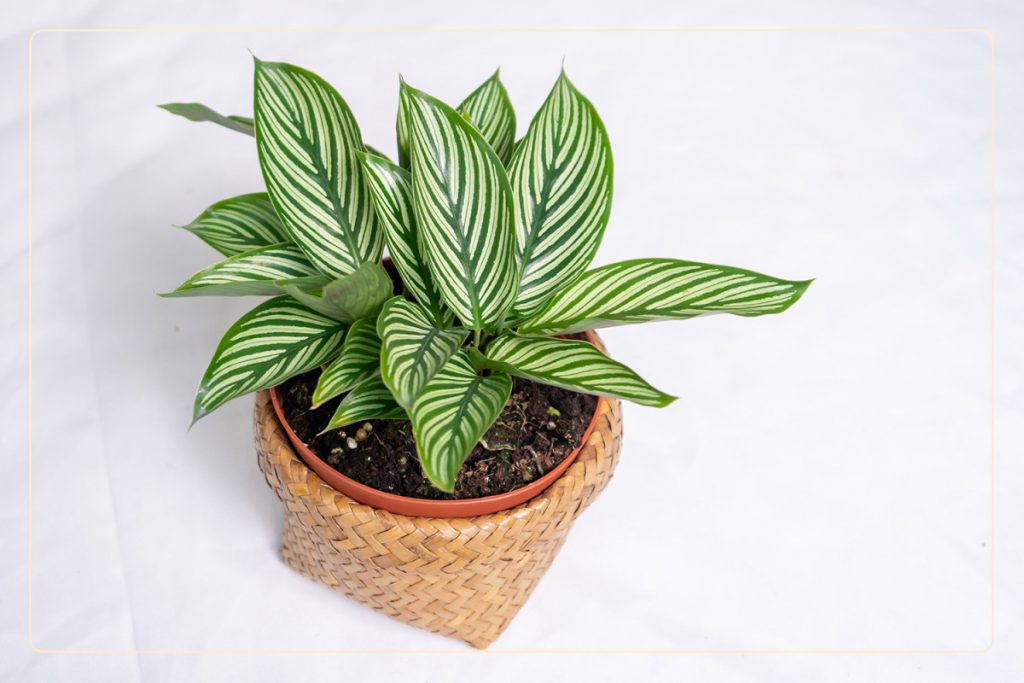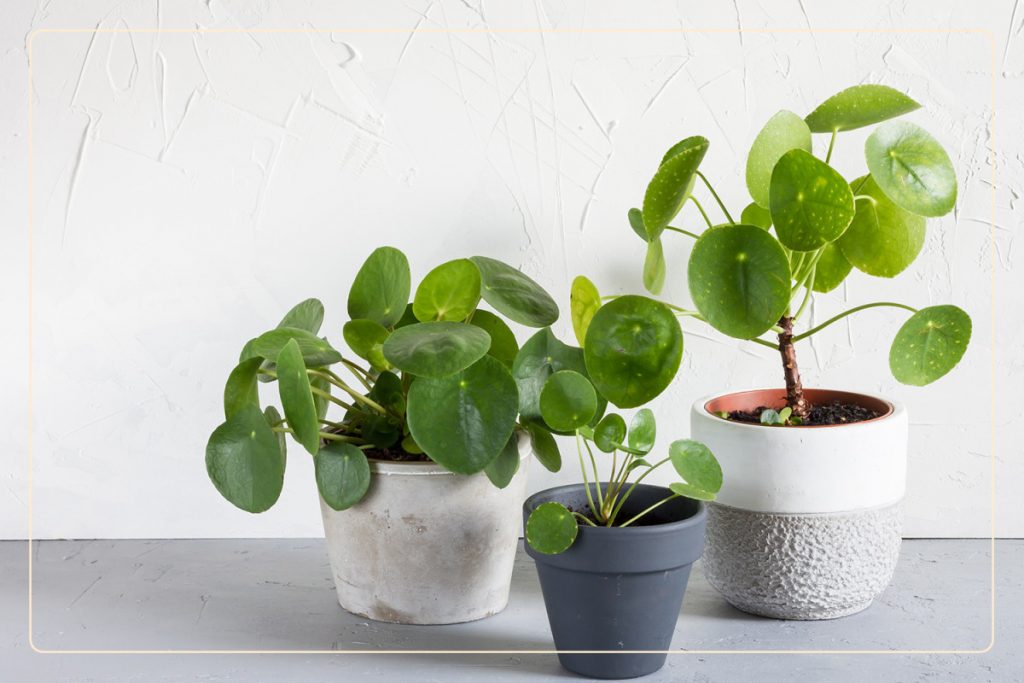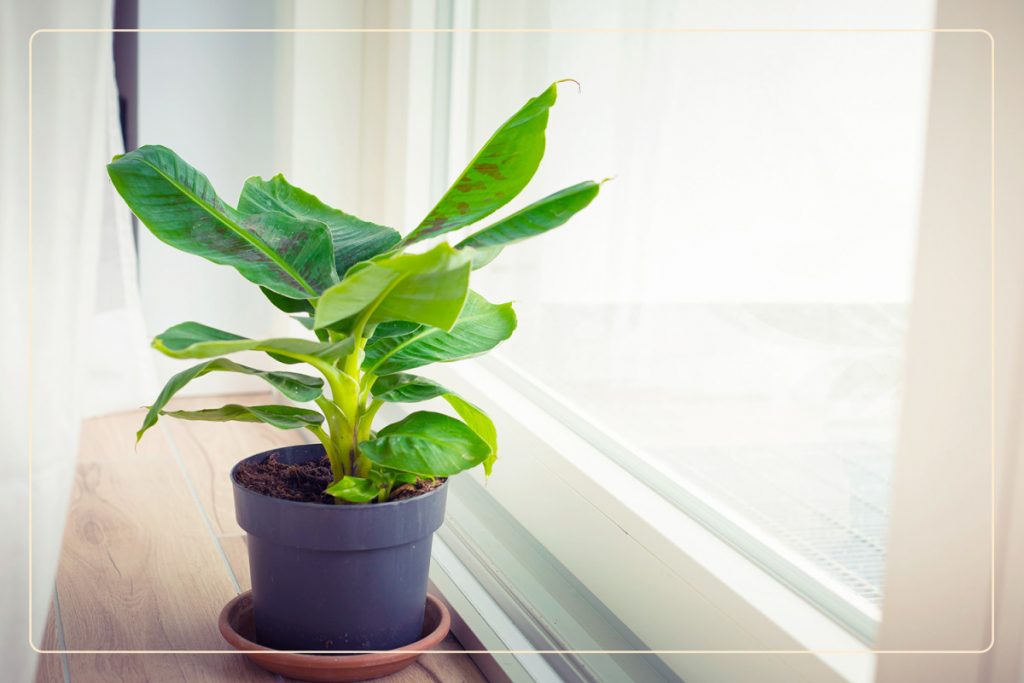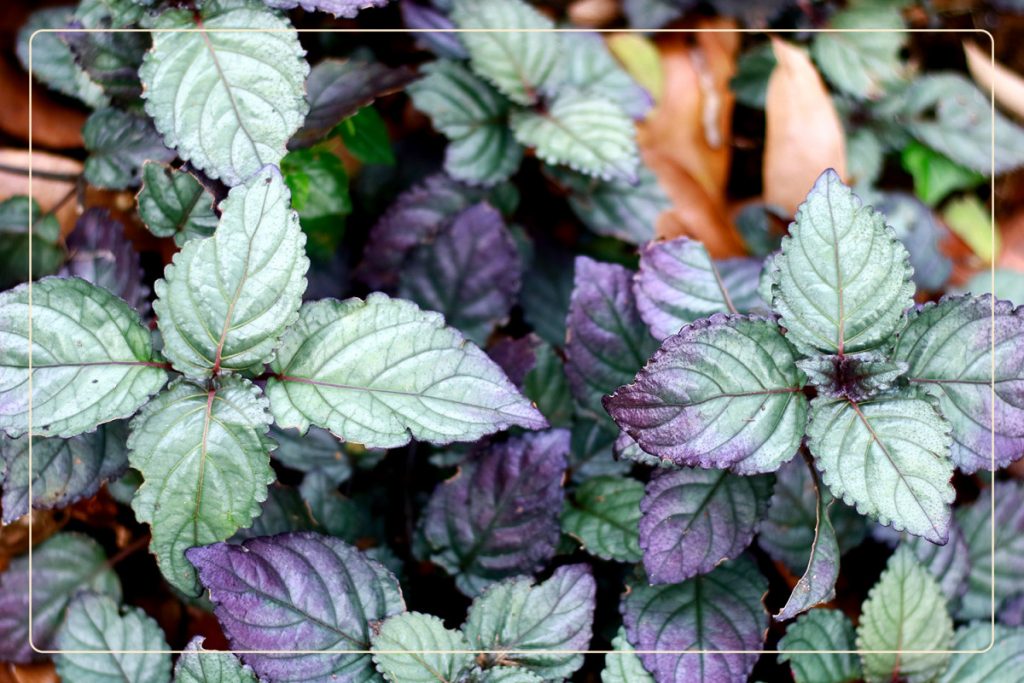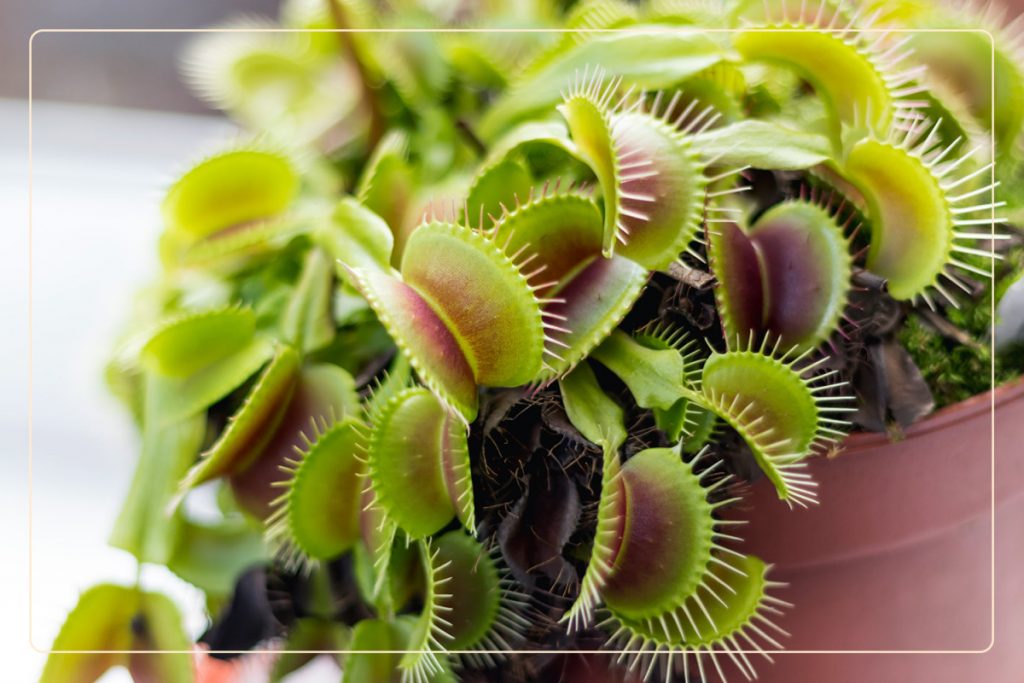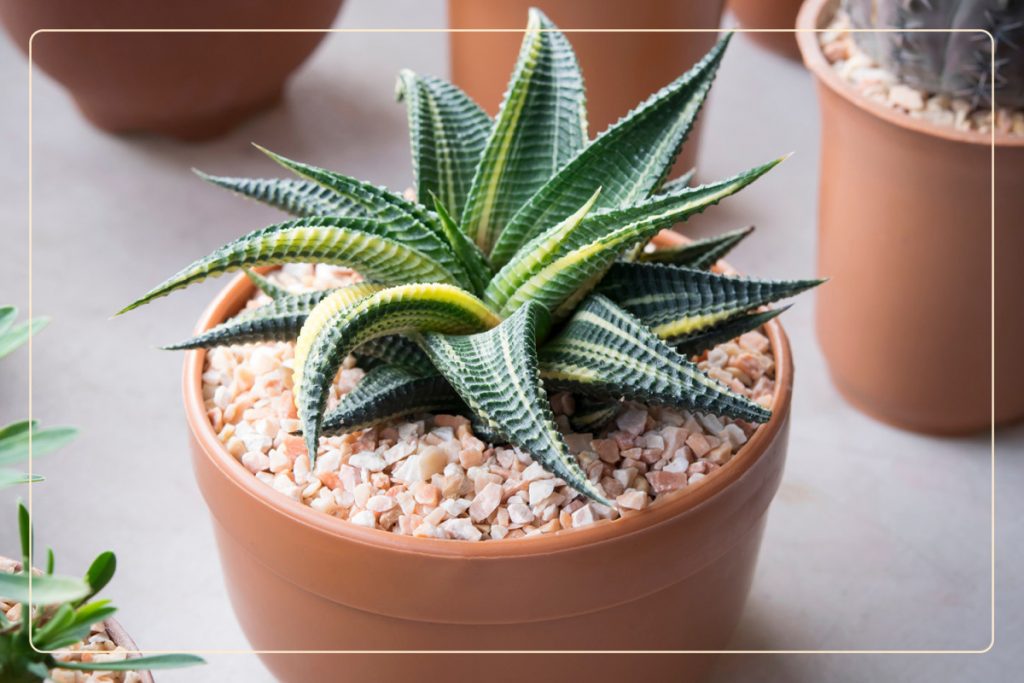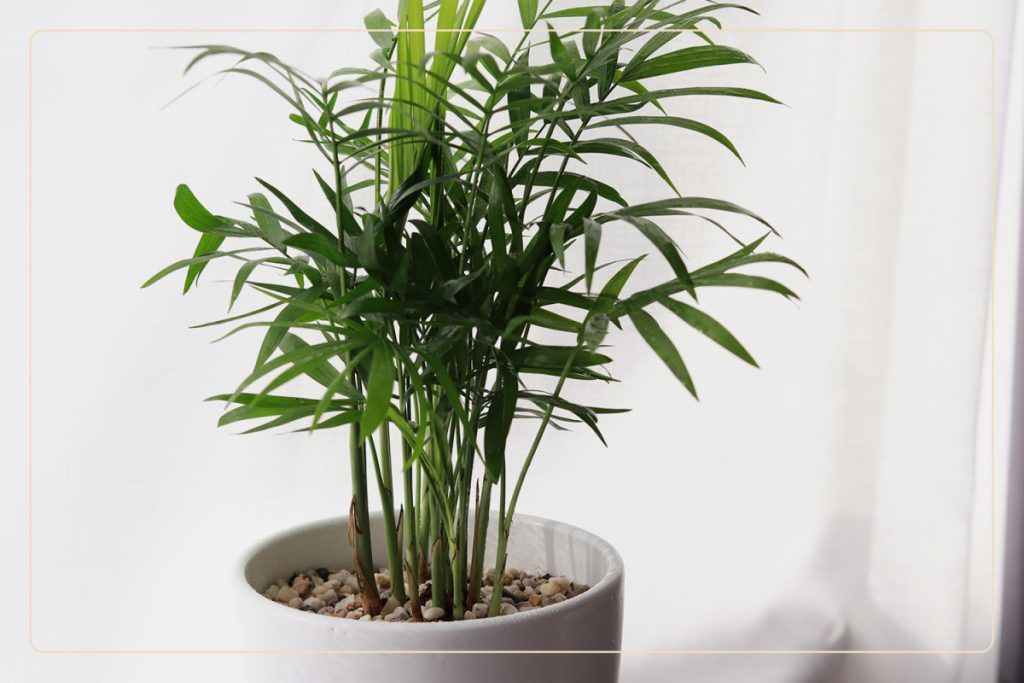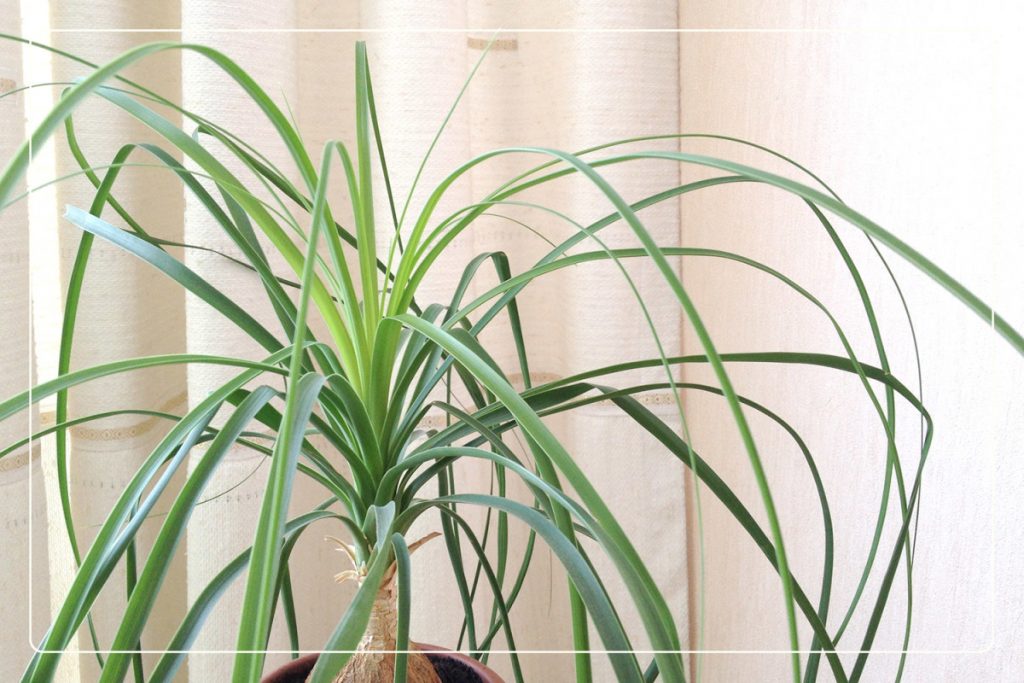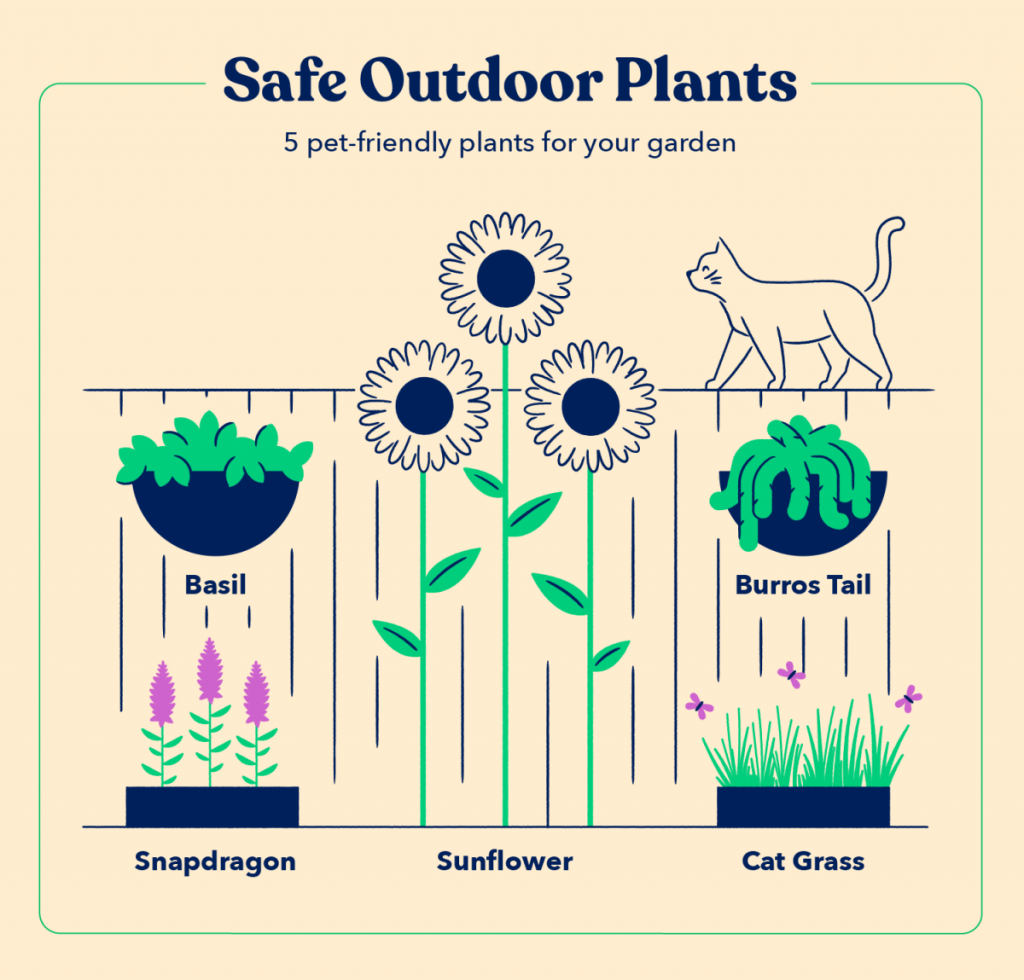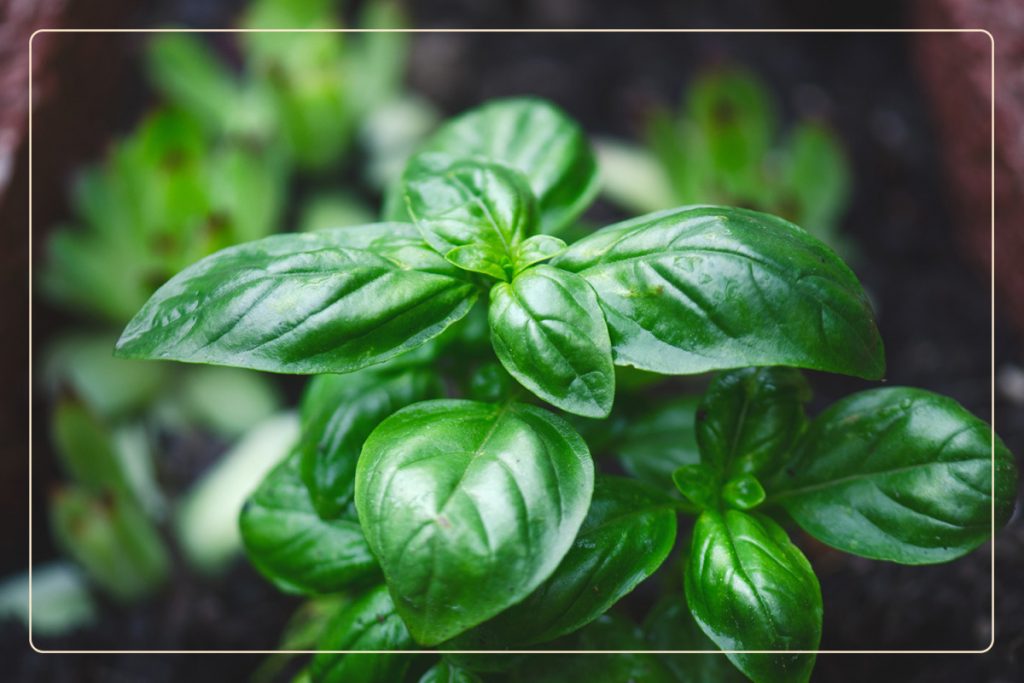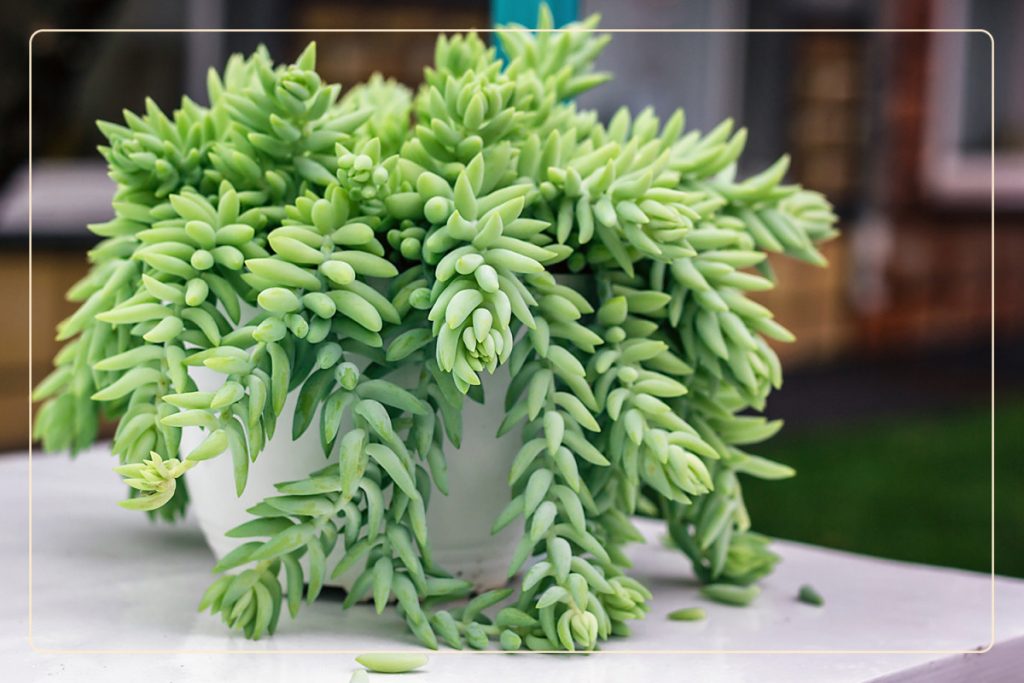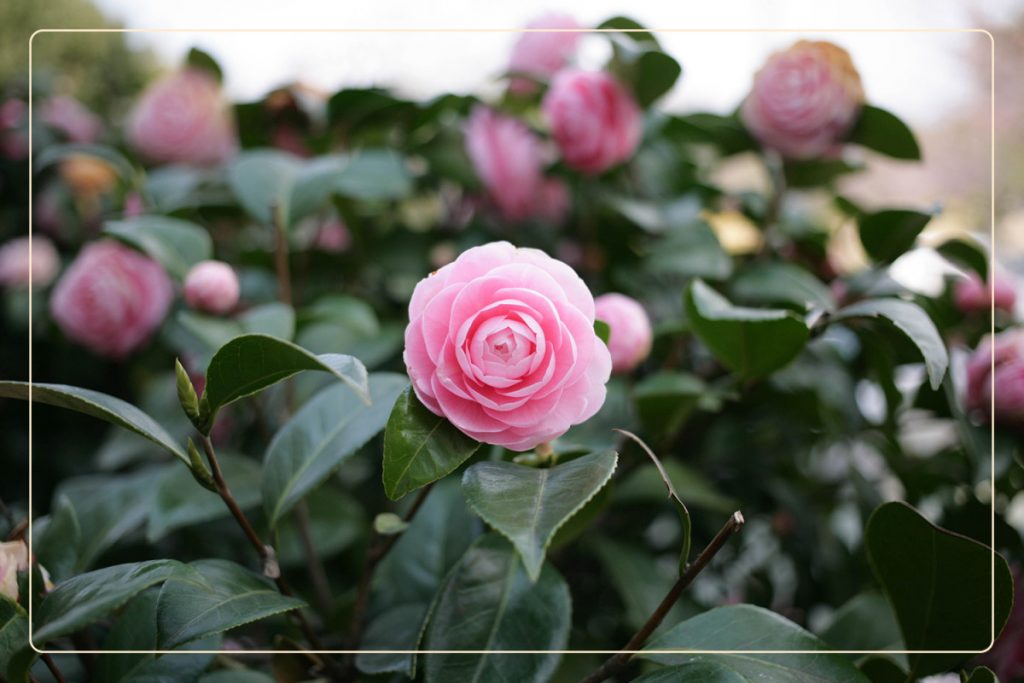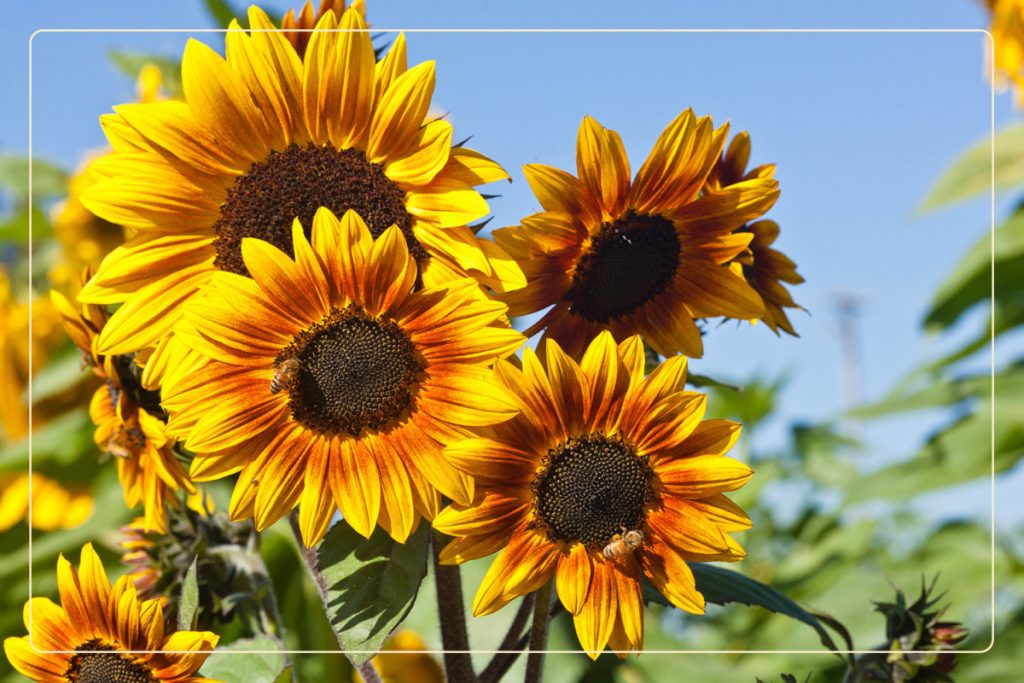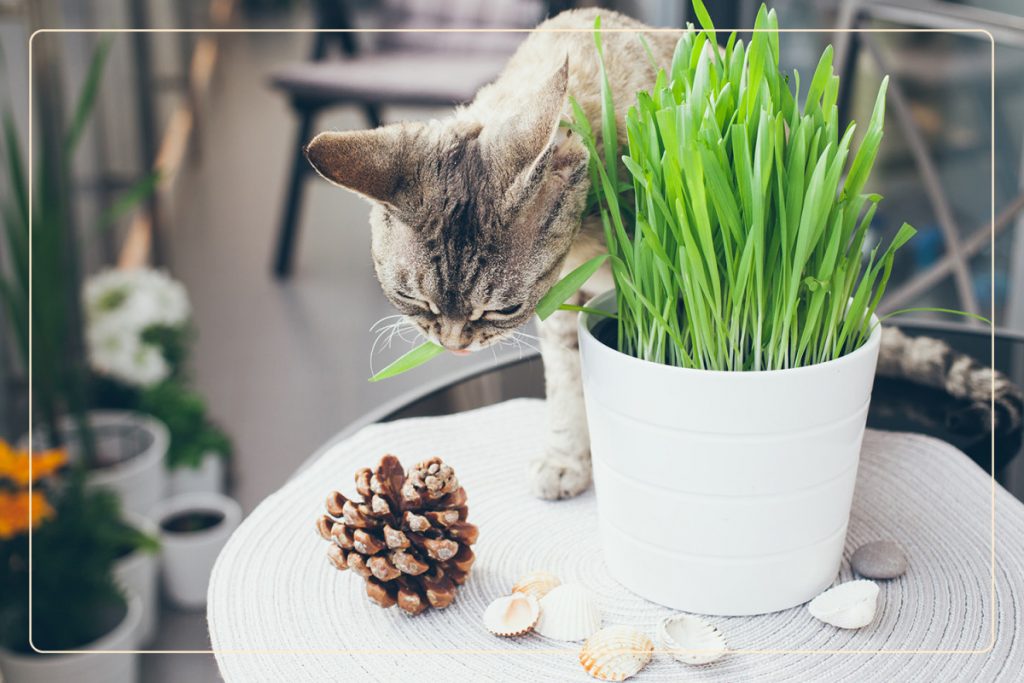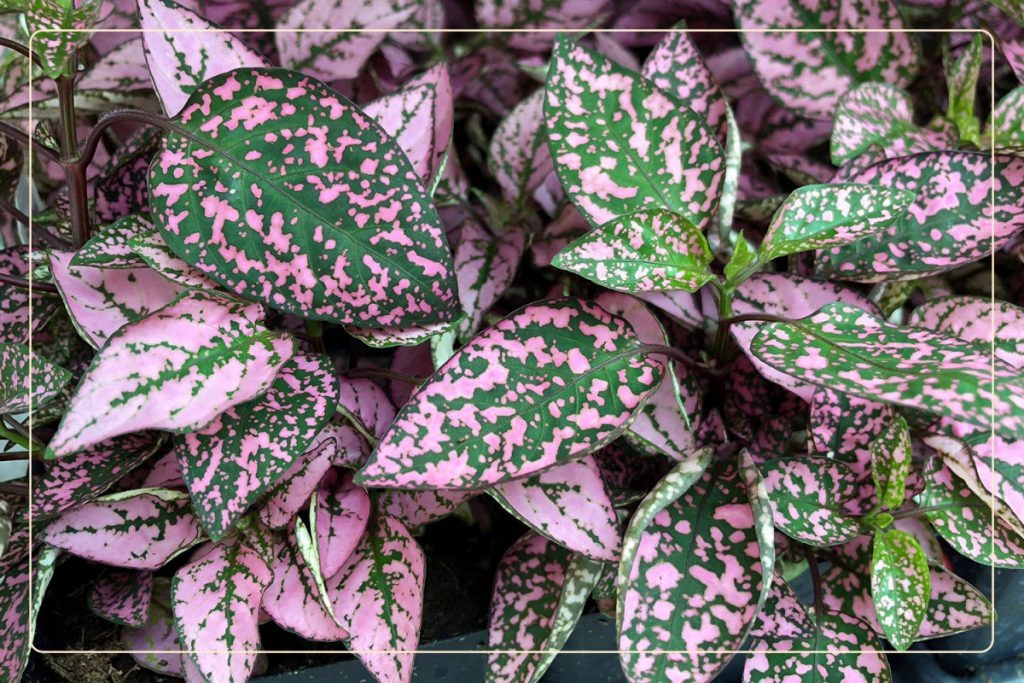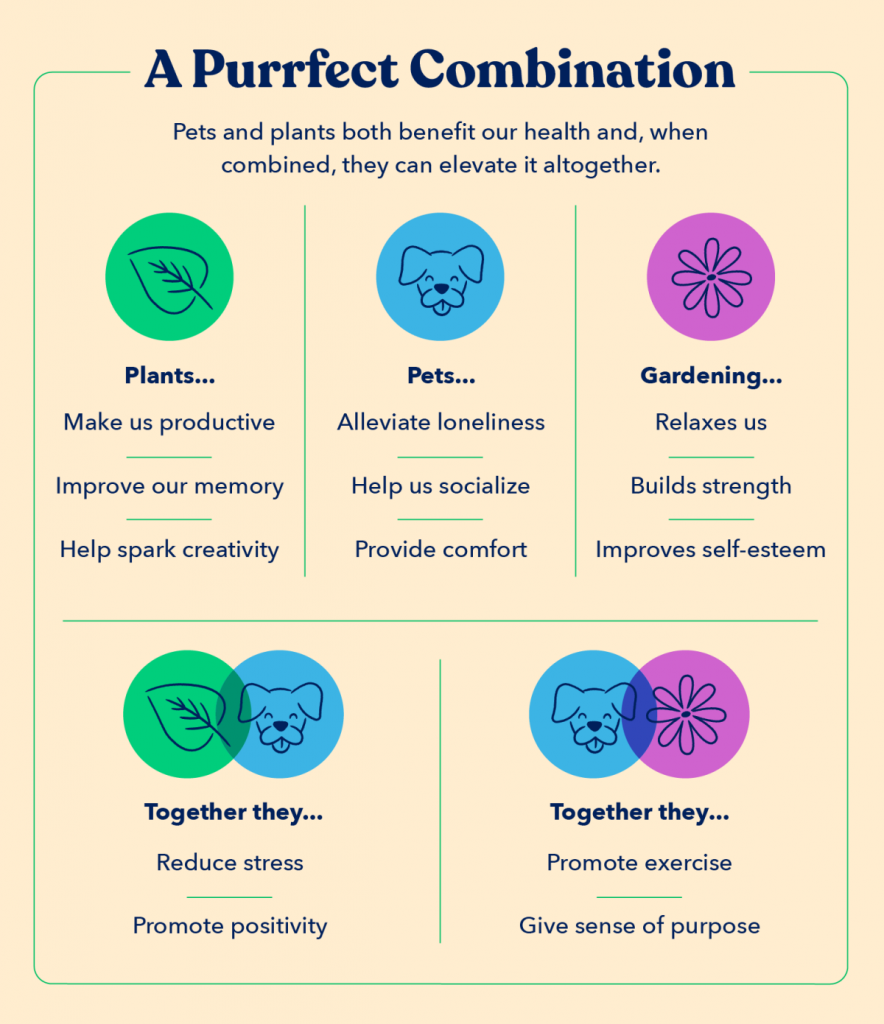When two things make you happy, the last thing you want is for them not to live in harmony. As pet owners, we know all too well that this struggle is real when it comes to plants. So many are poisonous to cats and dogs, and sometimes finding a pet-safe plant can feel as painstaking as getting an anxious pup in the car.
The ASPCA reportedly receives over 233,000 cases of potential animal poisonings per year. Plants are the eighth-most reported pet toxin, following over-the-counter medications at number one and accounting for 40% of all calls. Foods, including chocolate, make up more than 20% of calls. Plants account for 6% of all poison incidents.
It’s for these reasons that there’s an entire month dedicated to the prevention of poison: March is Pet Poisonous Prevention Month.
Here, we’re putting a positive spin on the crusade to keep poisonous plants away from your pets and instead shedding light on pet-safe houseplants and garden additions. That’s right, you needn’t choose between having a green thumb or being an animal lover — and you shouldn’t, because the health benefits of owning both pets and plants are worth it.
What Makes a Plant Pet-Safe?
Simply put, pet-safe plants, or pet-friendly plants, are nontoxic plants, meaning plants without any known toxins that could cause harm to humans or animals if ingested or touched.
So, what makes a plant poisonous to cats and dogs? It all depends on plant toxicity levels, which are generally broken into four classes:
- Major toxicity plants can cause serious illness or death if ingested.
- Minor toxicity plants can cause minor illnesses, such as vomiting or diarrhea, if ingested.
- Oxalate refers to the juice or sap of plants containing oxalate crystals that can cause skin irritation and other ailments if ingested.
- Dermatitis refers to plants that can cause rashes or skin irritation if touched.
Some of the most popular starter plants like Pothos and Snake Plants are poisonous to pets and fall in the fourth class. And sadly curiosity can literally kill a cat if they eat Lilies — the mortality rate is 50%. These blooms generally fall in the second and fourth toxicity classes. The same goes for Sago Palms that are poisonous to dogs, with a 32% to 50% mortality rate and falling in the second plant toxicity class.
For peace of mind, according to the Pet Poison Helpline, “While there are thousands of species of plants and flowers, only a small%age of plants are truly dangerous and poisonous to your pet.” Generally, any adverse effects are non-life-threatening and will differ depending on an animal’s level of contact with the plant.
When unsure of a plant’s toxicity level, nip your doubt in the bud and place it out of your animals’ grasp — even the most toxic of plants are only poisonous if a pet can reach it.
Pet-Safe Houseplants For Cats and Dogs
Despite some being toxic to pets, houseplants actually remove toxins from the air, helping boost our home’s air quality and by some counts even removing dust by as much as 20%.
Work-wise, their benefits are also aplenty. Plants have proven to increase productivity, spark creativity, and improve memory and attention spans. For these reasons, consider the following houseplants to keep you and your pets breathing easy and stress-free.
Nontoxic Flowering Houseplants
Flowering houseplants can be a lesson in patience. Some of them bloom slowly and others only once in their lifespan. No matter when they blossom, embrace their pops of color and, in the case of the following, the fact they’re pet-friendly.
1. Gloxinia
Native to Brazil, Gloxinia (Sinningia speciosa) are very popular as gifts. Particularly to pet owners since they’re a showstopper — they come in shades of purple, pink, red, or blue — and are nontoxic.
2. Lace Flower Vine
Lace Flower Vines (Alsobia dianthiflora) are cascading houseplants that can produce zany flowers with tentacle-like petals. They’re also called Chocolate Soldiers.
3. African Violet
As the name indicates, African Violets (Saintpaulia ionantha) are stunning for their purple — and purple adjacent — blooms. In addition to being a pet-safe plant, they also can thrive in low-light. Double whammy!
4.Hoya
Also called Wax Plants, Hoyas (Hoya carnosa) are comparable to succulents for their waxy flesh, but they also can flower. When they do, give the blooms a sniff to smell their characteristically sweet scent.
5. Orchid
There are many varieties of Orchids (Phalaenopsis sp.) that are pet-safe, including Moth Orchids and Moon Orchids. Hot tip: Feed your orchid ice cubes to avoid overwatering.
6. Lipstick Plant
Lipstick Plants (Aeschynanthus humilis) are standouts for their red tubular buds with whimsical tendrils. Put them up high or in a hanging planter to give them room to grow — up to three feet long!
7. Bromeliad
A true tropical plant, Bromeliads (Bromeliaceae) bring a touch of color to any room, thanks to the bright flower that grows smack dab from its center — enjoy them for the few months that they’re there, as they bloom only once!
Flowing, Climbing, and Cascading Pet-Safe Houseplants
Some houseplants simply overflow with greenery, donning vines that flow, climb, and cascade out of their planters. They’re fun, and they may even tempt your furbabies. The following houseplants are harmless in the event Fido or felines bat them around.
8. Boston Fern
Plant lovers appreciate Boston Ferns (Nephrolepis exaltata) for their shaggy figure that can fill up almost any empty space or corner — your pets are sure to want to play with the fronds. Good news: Boston Ferns aren’t only pet-safe but also very sturdy.
9. Swedish Ivy
Sometimes called Creeping Charlie, Swedish Ivy (Plectranthus verticillatus) almost resembles a mint plant but with waxy leaves. When it matures, put it in a hanging planter and let the vines prosper.
10. Spider Plant
A natural air purifier, Spider Plants (Chlorophytum comosum) are also very tolerant of different types of light and a little wear and tear. Its ribbon-like fronds earned this pet-safe plant the nickname Ribbon Plant. Fun fact: You can pluck the baby plants that sprout from the ribbons and propagate them yourself.
11. Aluminum Plant
The Aluminum Plant’s (Pilea cadierei) nickname is spot-on: Watermelon Plant. That’s because this pet-safe plant has leaves that resemble, yep, a watermelon. While we don’t advise you taste them, rest easy knowing your cats or dogs will be OK if they’re tempted.
12. Baby Tears
Baby Tears (Soleirolia soleirolii) can be used as ground cover outdoors but also make for a fun and easy-to-care-for houseplant. Pot it, water when it wilts, and watch the little leaves drip out of the pot.
13. Staghorn Fern
Whether you mount your plant on a wall or plop it in a hanging planter, Staghorn Ferns (Platycerium) bring a touch of the tropics to any room — just make sure it’s not a dark room! This pet-safe plant prefers bright, indirect light.
Foliage Houseplants That are Safe for Pets
Foliage houseplants are the epitome of an organic decoration. Admire their leaves that come in many shades, patterns, and shapes, and rest easy knowing these ones specifically are pet-safe.
14. Royal Velvet Plant
It’s true. Royal Velvet Plants (Gynura aurantiaca) are, in fact, velvety smooth. Also called Velvet Plant, Purple Velvet Plant, and Purple Passion Vine, this pet-safe plant produces furry leaves in violet colors.
15. Prayer Plant
The leaves of a Prayer Plant (Maranta leuconeura) can look much like a drawing, with some bearing pink veins and others brush strokes of different shades of green. How did it get its name? The leaves actually fold together, as though they’re in prayer, at night.
16. Calathea
Calatheas (Calathea spp.) can come in many varieties, including Rattlesnake Plants and Calathea Orbifolia, each like their own piece of art. Their leaves tout magnificent stripes and patterns and some variations even have different colored bottoms.
17. Bird’s Nest Fern
A Bird’s Nest Fern (Asplenium nidus) is quirky indeed, with its leaves having zigzagged edges. Fun design and fine for Fido? This pet-safe houseplant has our approval.
18. Chinese Money Plant
Nontoxic doesn’t have to translate to untrendy, and the Chinese Money Plant (Pilea peperomioides) is a testament to that. This pet-safe houseplant, with its coin-like leaves, is also rumored to bring luck to any owner—and we like to think their pets, too.
19. Mosaic Plant
Also called a Nerve Plant, the Mosaic Plant (Fittonia albivenis) has earned its name thanks to the intricate veining on its leaves. This pet-safe plant is an ornamental plant indeed.
20. Banana Tree
Believe it or not, you can grow a Banana Tree (Musa) inside, and under ideal conditions — it might even bear fruit. Keep them in bright light for around 12 hours a day.
21. Friendship Plant
A Friendship Plant (Pilea involucrata) packs a visual punch in the wrinkling of its leaves that cast interesting patterns. This pet-friendly plant occasionally even flowers.
22. Purple Waffle Plant
Keep the Purple Waffle Plant (Hemigraphis alternata) in bright light all year long to ensure its ultra-violet leaves stay vibrant and bright. Also known as red ivy, this houseplant is also adored for its air-purifying qualities.
Other Pet-Friendly Houseplants
You might be surprised to find a list of pet-safe houseplants that can go on and on. Here, we’re sharing a few more surprising houseplants — trees, palms, and even Venus Fly Traps — that are pet-safe.
23. Venus Fly Trap
Give your furbabies a break from fly chasing and consider adding a Venus Fly Trap (Dionaea muscipula) to your plant collection. These carnivorous plants are nontoxic to pets!
24. Air Plant(s)
No dirt for your cats and dogs to dig up here. Air Plants (Tillandsia) require just a little air, water, and if you’re so inclined, perhaps a cute container.
25. Haworthia
Haworthias (Haworthiopsis attenuata) resemble miniature aloe plants but they’re in fact succulents. Put them in bright light, water weekly, and enjoy them with your furbabies.
26. Money Tree
As the name alludes, a Money Tree (Pachira aquatica) supposedly brings wealth to its owner. While we can’t confirm if this is true, we can admit we love it as a natural air purifier — and our animals do, too.
27. Areca Palm
Also known as a Butterfly Palm, Areca Palms (Dypsis lutescens) appear as they’ve stepped right out of the tropics. Your cats will surely be tempted to bat at the hefty fronds — good thing this plant is nontoxic!
28. Parlor Palm
Parlor Palms (Chamaedorea elegans) are houseplants that can start small and can grow pretty tall — up to eight feet! Put it in indirect light for best results.
29. Ponytail Palm
Ponytail Palms (Beaucarnea recurvata) could be considered a kitty’s biggest swatting temptation. Thankfully, this pet-friendly plant and its wispy fronds do no harm.
Pet-Safe Plants for Your Garden
Whether you want to grow your own food or create a serene outdoor space, gardening comes with plenty of health benefits, much of which stems from Vitamin D exposure.
Just a half-hour in the sun can produce between 8,000 and 50,000 international units of vitamin D in your body, which can impact overall health and well-being. Getting dirt under our nails has also been shown to reduce the risks of heart disease and dementia.
Of course, growing our own food also creates a positive food environment and encourages us and our kiddos to eat healthier. Some veggies are even A-okay for our furbabies and certain herbs are anti-inflammatory.
Pet-Safe Herbs
Consider adding the following pet-friendly plants to your outdoor herb garden.
- 30. Basil
- 31. Rosemary
- 32. Dill
- 33. Thyme
- 34. Sage
- 35. Cilantro
- 36. Savory
Nontoxic Succulents
Succulents are beloved for how their fleshy leaves embrace the elements, eating up the sun’s rays and retaining water. Not all, but some — like the following — also happen to be pet-safe.
37. Echeveria
Echeveria (Echeveria elegans) can come in many nontoxic varieties, including Hens, Chicks, and Debbie, and also many colors, shapes, and sizes. Some even sprout flowers.
38. Burros Tail
Burros Tail (Sedum morganianum) earned its name for its stems that teem with fleshy leaves. Consider putting them in a hanging basket and watch the stems grow — up to two feet in some instances!
39. Christmas Cactus
Don’t let the name or holidays fool you. A Christmas Cactus (Schlumbergera), which can also come in varieties like a Thanksgiving Cactus or Easter Cactus, is in fact a succulent. And they bloom around the holiday in their name.
Pet-Friendly Flowering Plants for Your Garden
While some flowering plants might contain harmful toxins in their petals, leaves, and pollen, these nontoxic plants are pet-safe and can brighten up even the dullest of gardens.
40. Camellia
A Camellia (Camellia japonica) is a quintessential garden flower. The Japanese variation, shown here, has petals that come in this perfectly rounded shape and shades of pink, white, and red. Just know they take a bit of TLC to establish.
41. Honeysuckle Fuchsia
Honeysuckle Fuchsia (Fuchsia triphylla) sprouts tubular blooms. They can make for great hanging plants and even hedges, if you guide them.
42. Magnolia Bushes
It’s true. Magnolias don’t only grow on trees. Magnolia Bushes (Magnolia grandiflora) sprout buds in colors spanning from purple to pink and white and can make for a statement piece in any outdoor setting.
43. Snapdragons
Snapdragons (Antirrhinum) are a head-turner in any garden for good reason. Their poles of petals can come in a variety of bright colors, from yellow to pink to red and white.
44. Sunflowers
Sunflowers (Helianthus) can grow upward of 14 feet tall, making for a nice natural divider in a yard or even a little shade during those dog days of summer.
45. Petunias
Petunias (Petunia × atkinsiana) are overflowing with flower power. Plop them in a barrel, oversized planter, or even elevate them in a hanging planter and watch them prosper.
46. Coral Bells
Coral Bells (Heuchera) earn their name from the small blooms that dangle from their stems, resembling a bell.
Other Pet-Safe Outdoor Plants
Consider these pet-friendly plants for added design appeal to your garden and maybe even a little nontoxic distraction for your pets.
47. Cast Iron Plant
Cast Iron Plants (Aspidistra elatior) can withstand the elements, hence its name alluding it’s as sturdy as a cast iron. Put them in that shadier spot your other outdoor plants don’t prefer.
48. Cat Grass
As the name suggests, Cat Grass (Dactylis glomerata) is indeed grass for your cat. Plant it in a place that might distract cats from more toxic plants or vegetables.
49. Bamboo
Bamboo (Bambusoideae) isn’t a bad bet for pet owners and garden enthusiasts. It’s nearly indestructible from pets and pests and makes for an interesting and natural barrier.
50. Polka Dot Plant
Native to Madagascar, Polka Dot Plants (Hypoestes phyllostachya) are pink and a great solution to add some volume to a thinned out area of your garden.
Keeping track of which plants are poisonous and nontoxic to our pets can be tough. To help, print and plop one of these garden markers into your pet-friendly plants’ pots and garden beds to indicate what’s nontoxic for your pets.
Reasons to Pair Your Love of Pets and Plants
It’s no secret that our pets make us happy. The CDC’s even outlined the upsides of pets, including that they provide us with companionship and opportunities for socialization. Plants, too, come with a wealth of positive attributes — there are even entire treatments dedicated to them, including ecopsychology and horticulture therapy.
Combine your exposure to the two — pets and pet-safe plants — and the benefits are immense.
More exercise opportunities
Whether it’s daily walks to the dog park or playing fetch, dog owners know that the responsibility of caring for a pet means more opportunity to exercise. And gardening is another form of that, too, with the CDC recognizing it as such and estimating that just 30 minutes of gardening can burn up to 165 calories.
Breaking a sweat aside, over 80% of people have also considered gardening having a better positive affect on their mental health than attending a gym.
Rejuvenated sense of purpose
When someone or something depends on you to give them TLC, that provides us with a sense of purpose. Pets and plant babies need us for survival. And the beauty of that relationship is that pet-owners and green-thumbed enthusiasts reap the benefits in the form of increased self-esteem in addition to that sense of purpose.
Reduced stress and anxiety
Service animals are a testament to how animals can reduce our stress and anxiety, and it’s been reported many times over that plants and gardening can reduce our stress levels, too. But did you know dirt has antidepressant properties? The mere act of getting your nails — or possibly claws — dirty exposes us to a healthy bacteria called M. vaccae that lives in soil and has proven to increase levels of serotonin, which can reduce anxiety.
Boost your mood times two
All of these points considered, caring for pets and plants plain out makes people happy. Combine both types of caretaking and it can be argued that you’re doubling down on a mood boost.
What to Do if Your Pet Eats a Poisonous Plant
Despite how much we work like a dog to keep our pets safe, sometimes they still manage to eat poisonous plants.
If you believe your furbaby ingested a poisonous plant, call for help immediately from either the ASPCA Animal Poison Control Center at (888) 426-4435 or the Pet Poison Helpline at (855) 764-7661.
Gnawed leaves or missing flowers aside, some common signs your pet might have ingested or been in contact with a poisonous plant include:
- Vomiting
- Diarrhea and upset stomach
- Seizures
- Lethargy
- Loss of appetite
- Drooling
- Abnormal behavior
- Excessive thirst or urination
- Weakness
In addition, consider cross-checking any impending plant purchase with the following resources that list plants poisonous to cats and plants poisonous to dogs:
- ASPCA Toxic and Non-Toxic Plant Lists — Dogs
- ASPCA Toxic and Non-Toxic Plant Lists — Cats
- Humane Society’s “Plants Potentially Poisonous to Pets” list
- Pet Poison Helpline Poison List
Creating a pet-safe home doesn’t mean you have to sacrifice other things you love. Being informed about pet-friendly plants and other plants’ toxicity levels can go a long way in creating a healthy haven that supports your overall wellness and, in turn, the wellness of your furbabies.
To learn more about pet-safe plants and their health benefits for owners from Honest Paws, click here.
ABOUT LILY VELEZ:
Lily Velez is a holistic pet wellness expert and the Blog Manager for Honest Paws, a company that specializes in CBD for dogs and cats. A lifelong animal lover, she’s volunteered with numerous dog rescues and animal shelters over the years and is passionate about educating pet parents on holistic options that support their companion animal’s health and happiness. When she’s not creating content for Honest Paws, you can find her lost in a novel, trying out new food recipes, or enjoying the outdoors with her dogs, Noah and Luna.
ABOUT HONEST PAWS:
Honest Paws offers premium CBD products for pets. Their CBD is organic, non-GMO, soy-free, and lab-tested by a third party to ensure the best quality. They offer a wide variety of products from CBD oil to CBD treats to CBD-infused peanut butter. So no matter what your pet’s preference, they have something perfect for them.


